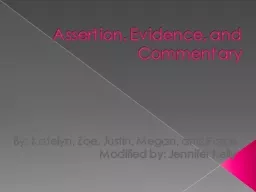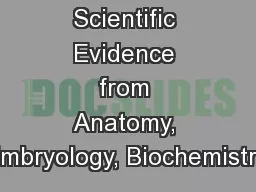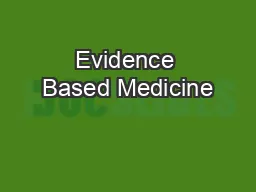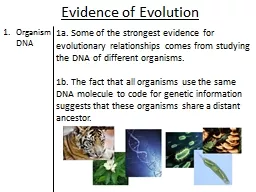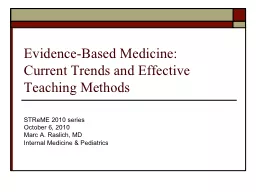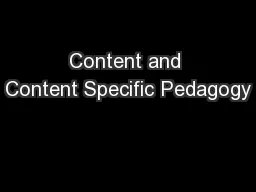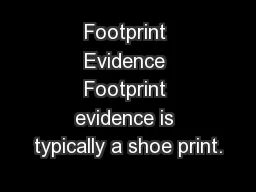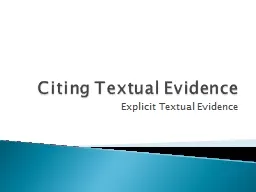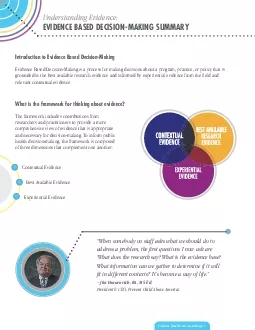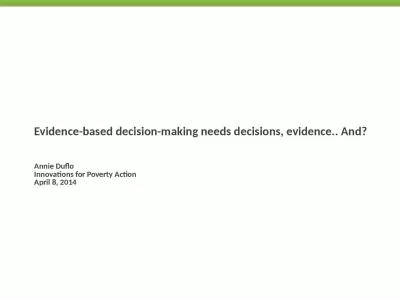PPT-Evidence from Content
Author : giovanna-bartolotta | Published Date : 2016-09-19
INST 734 Module 2 Doug Oard Agenda Character sets Terms as units of meaning Boolean r etrieval Building an index Segmentation Retrieval is often a search for concepts
Presentation Embed Code
Download Presentation
Download Presentation The PPT/PDF document "Evidence from Content" is the property of its rightful owner. Permission is granted to download and print the materials on this website for personal, non-commercial use only, and to display it on your personal computer provided you do not modify the materials and that you retain all copyright notices contained in the materials. By downloading content from our website, you accept the terms of this agreement.
Evidence from Content: Transcript
Download Rules Of Document
"Evidence from Content"The content belongs to its owner. You may download and print it for personal use, without modification, and keep all copyright notices. By downloading, you agree to these terms.
Related Documents


